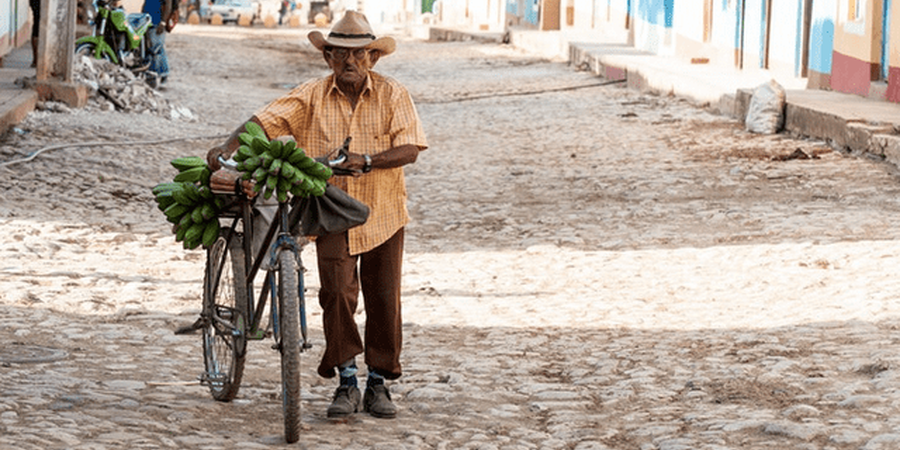Philadelphia, PA
- Cuba’s deep cultural history has evolved over the centuries as well as its deep culinary traditions. As vibrant and diverse as the countries which have lent their tastes to Cuba's cuisine. Beginning with the indigenous island tribes along with the Spaniard's whose flavors were influenced by the Moors (who controlled large areas of Spain for hundreds of years). However, Cuba's culinary pallet was mostly influenced by Africa slaves, who contributed considerable culinary and ethnic contributions to the flavors of the islands. Alongside French culinary customs brought by colonists fleeing uprisings in Haiti.
The History and Traditions of Cuban Cuisine
![]() Most of these influences emerged alongside one another. Handed down from oral traditions, as opposed to specified measurements and written recipes. Being that its island cuisine, you’ll find a great deal of fresh fish as well as shellfish dishes, which promotes the use of straightforward cooking tactics and spices that are designed to improve, not smother natural tastes.
Most of these influences emerged alongside one another. Handed down from oral traditions, as opposed to specified measurements and written recipes. Being that its island cuisine, you’ll find a great deal of fresh fish as well as shellfish dishes, which promotes the use of straightforward cooking tactics and spices that are designed to improve, not smother natural tastes.
Probably the most popular spices in Cuban cuisine are garlic, cumin, oregano, and bay or laurel leaves. Sofrito is additionally popular, and included in a vast number of recipes, from beans to meats as well as tomato-based sauces — a common spice sofrito is to blend green pepper, onion, garlic, oregano, and black pepper fried in olive oil until the pepper, onion as well as garlic with flavors combined to perfection.
The Cuban/African connection is not hard to see in today's Cuban food. One finds that Yuca, malanga, boniato, and plantano is very common, often simmered together with complementary veggies and served as is or, drizzled along with olive oil and served with chopped onions – as an enjoyable and straightforward dish
Meat on the island is often flavored with marinades such as lime juice or with an orange-based mix. It’s then roasted or simmered over low heat along with various spices, for hours. The meats often served with Beans and rice, typically served with most Cuban dishes (usually black beans).
Cuban fare is also renowned for its baked goods, which include tasty items such as a wide array of “turnovers,” often stuffed with spiced meat and various other types of Cuban combinations such as cream cheese along with guava paste. However, Flan is the island's most cherished dessert and found everywhere.
Cuban cuisine today is elevated by cooking and spicing techniques designed to draw out the best aspects of every dish. The culinary traditions of Cuba are incredibly flavorful and, of course, a credit to the past cultures which have influenced the uniquely Cuban flavors.


